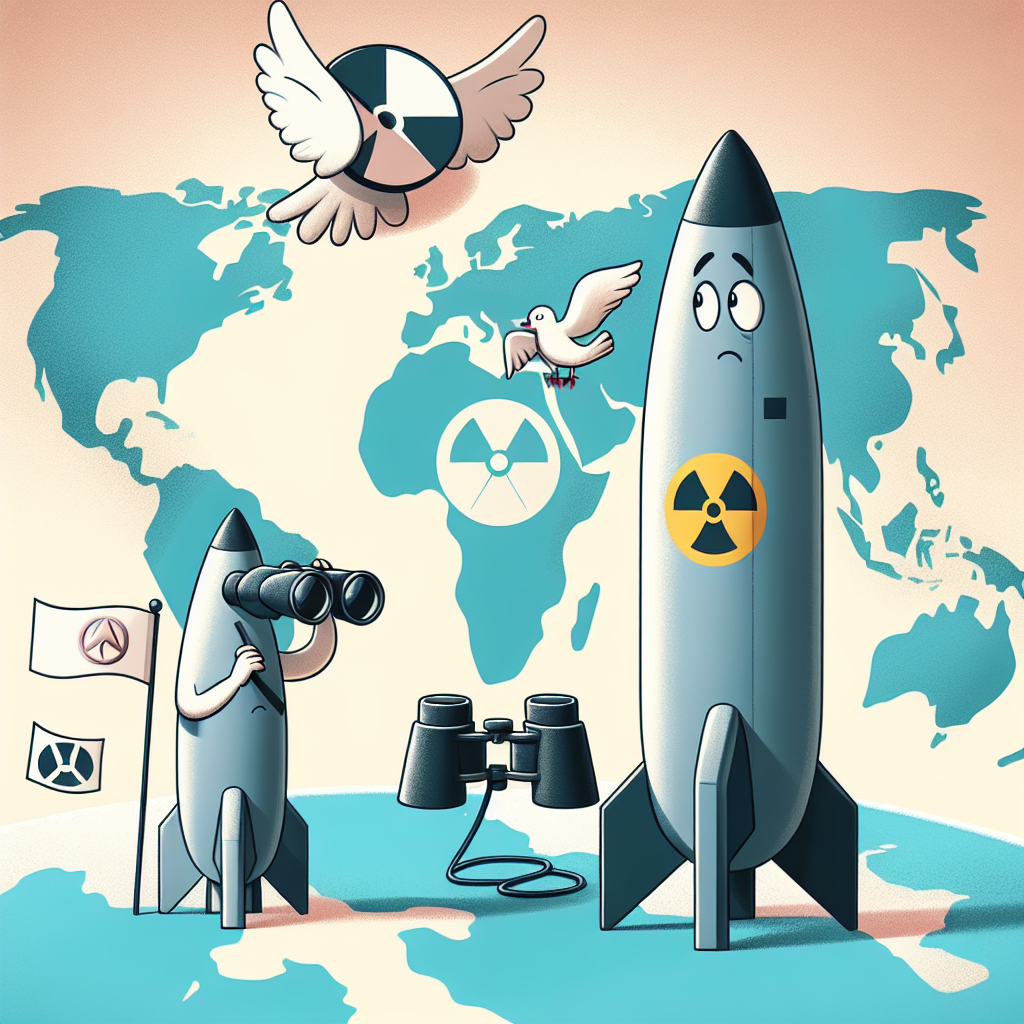Nuclear Tensions: Unraveling Cold War Treaties
With the termination of key nuclear arms treaties like the INF and jeopardy surrounding New START, nuclear tensions between the US and Russia are rising, reflecting a shift in global arms dynamics. The increasing involvement of other nations like China further complicates nuclear arms control efforts.

- Country:
- United States
The looming specter of nuclear conflict between the US and the Soviet Union marked a tense historical era. Though the Cuban missile crisis tested their brinksmanship, subsequent decades saw leaders initiate de-escalation efforts, culminating in milestone treaties like the 1987 Intermediate-range Nuclear Forces (INF) Treaty, which eliminated a specific class of missiles.
Despite these strides, the US withdrew from the INF Treaty in 2019, leading Russia to recently lift self-imposed restrictions on such arms. This leaves New START as the last significant arms control agreement between Moscow and Washington, and experts fear it may expire soon without renewal.
Although multilateral treaties still exist to curb nuclear proliferation, the faltering bilateral agreements, combined with heightened global tensions, have experts concerned about the future of nuclear stability. With the rising prominence of countries like China in the nuclear landscape, new arms control strategies are urgently needed.
(With inputs from agencies.)
- READ MORE ON:
- nuclear weapons
- US
- Russia
- New START
- INF Treaty
- Cold War
- arms control
- treaties
- China
- missiles









